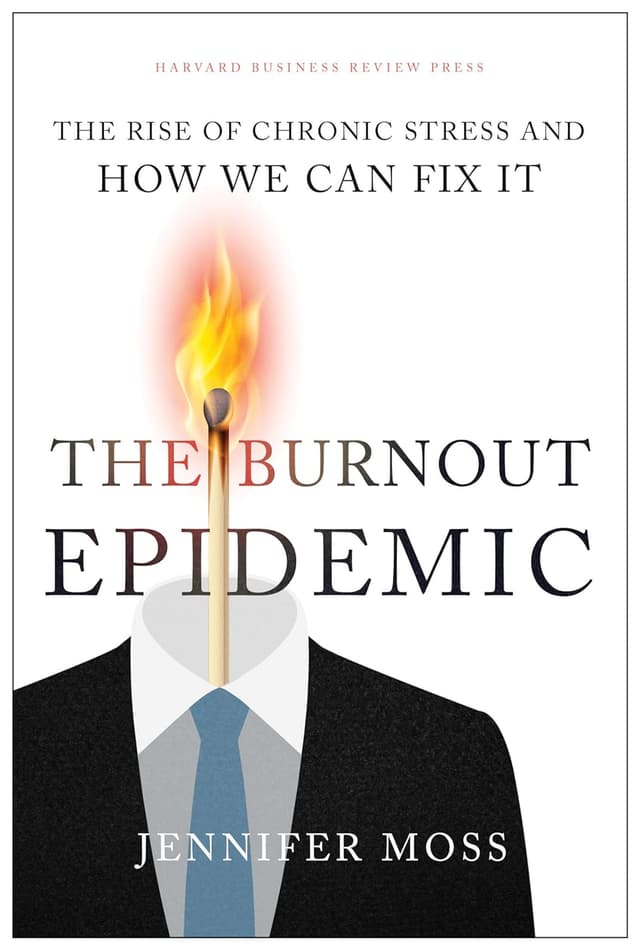Colin Nagy | January 26, 2022
The Kampong Lorong Buangkok Edition
On Singapore, villages, and holdouts
Recommended Products

A book that looks closer at what can really make a difference in addressing burnout, according to its author Jennifer Moss.
Colin here. You’d be hard-pressed to find a country that has transformed as quickly as Singapore. Since its founding on August 9, 1965, it has transformed from swamps and marshes into a hyper futuristic city-state that is often lauded for futurism and urban planning, with features of its gleaming airport, Changi, featuring in the world press.
It is one of the most dynamic business and growth success stories in the modern world. In a few generations, and without significant natural resources, it has become a banking, technology, and trade hub. Visitors marvel at the infrastructure, the emphasis on green space, and they see a high-functioning society.
And the pace of acceleration and densification is likely to set to continue, with ex-pats and companies migrating from Hong Kong as it increasingly falls under Chinese power.
Why is this interesting?
There is one neighborhood that is a holdout from the acceleration: Kampong Lorong Buangkok. The Economist explains:
In a quiet neighbourhood in the east of the city, just beyond tower block 998 a, there is a winding dirt path shaded by tamarind and banana trees leading past ramshackle wooden houses. Kampong Lorong Buangkok does not seem very Singaporean…[It] offers a respite from the relentless modernity. Villagers and nature do their thing. Silkie chickens promenade past one-storey clapboard houses, while vines grow wild round a bicycle rusted in place. The farther you penetrate the village, the more you begin to notice the chatter of mynas and burps of frogs. In a few places the jungle grows thick, perhaps as thick as when Singapore was a mere fishing village. Elsewhere, the ground is turfed with neatly mown grass, making the village feel like a small park. Life in the kampong, away from the hurly-burly of the city, affords a certain freedom. As Suleiman, a 64-year-old resident, puts it, in the village, with its parklike spaces, “Your mind is open.” People here are used to doing things their own way.
Photo: Pete Demarco
It’s tempting to buy into a caricature when it comes to looking at countries. And more so than others, in Singapore, that caricature is likely well deserved. But is also interesting to focus on the holdouts and the contrarians, as they are the ones that actually make places, communities, or environments all the more interesting (CJN)
--
WITI x McKinsey:
An ongoing partnership where we highlight interesting McKinsey research, writing, and data.
Feeling down? If you, like others, have hit a wall, a new Author Talks looks closer at what can really make a difference, according to Jennifer Moss, author of The Burnout Epidemic. Check it out to understand the true causes of burnout.
Thanks for reading,
Noah (NRB) & Colin (CJN)
—
Why is this interesting? is a daily email from Noah Brier & Colin Nagy (and friends!) about interesting things. If you’ve enjoyed this edition, please consider forwarding it to a friend. If you’re reading it for the first time, consider subscribing (it’s free!).

